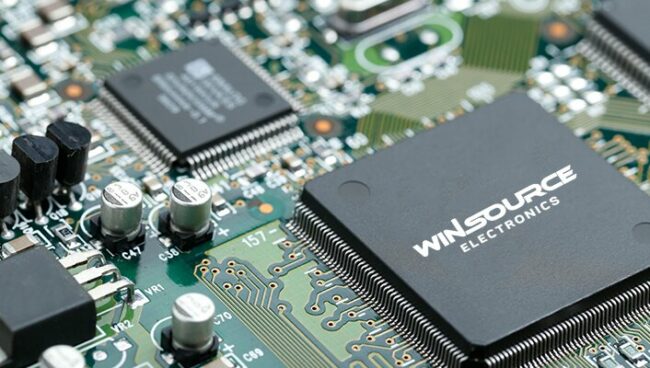
The central electronic component, commonly known as the Central Processing Unit (CPU), is the backbone of a computer system. It plays a crucial role in executing instructions, processing data, and managing the overall functionality of the computer. In this article, we will explore the importance of the central electronic component in a computer and how it affects the system’s performance and functionality.
Command and Control Center: The central electronic component serves as the command and control center of a computer, playing a crucial role. It not only interprets and executes instructions stored in the computer’s memory but also coordinates the overall functionality of the computer system. The central electronic component (CPU) performs arithmetic, logic, and input/output operations by executing a series of precise instructions, enabling the computer to perform various tasks and respond to user commands. Additionally, it coordinates the data flow between different components, ensuring seamless computer operation and efficient utilization of system resources.
Data Processing and Computation: The CPU is responsible for processing and manipulating data within the computer system, performing complex calculations, data conversions, and logical operations. By executing instructions in a precise sequence, the CPU can perform basic arithmetic operations such as addition, subtraction, multiplication, and division.
However, the functionality of the CPU extends beyond these basic operations; it can also handle more advanced operations such as floating-point calculations, bitwise operations, and conditional statements to meet increasingly complex computational demands. During the data processing process, the CPU manipulates data through a series of microoperations, including loading, storing, moving, and converting data. The CPU uses registers to store and manipulate data, which have high-speed read and write capabilities, enabling fast access and manipulation of data. By loading data from memory into registers, the CPU can operate on data more quickly, improving computing speed and efficiency.
Instruction Execution: The central electronic component fetches instructions from the computer’s memory and executes them in sequential order. Each instruction undergoes decoding by the CPU, directing the system to perform specific operations. The type and operation of the instruction are recognized and executed accordingly. These instructions can involve various tasks such as data retrieval, storage, and manipulation. During the execution of instructions, the CPU determines the operation to be performed based on the instruction’s opcode and retrieves the required operands from memory or registers. Depending on the type of instruction, the CPU may need to perform arithmetic operations, logical operations, bitwise operations, conditional statements, and more. The speed and accuracy of instruction execution are crucial for the overall performance of the computer.
Multitasking and Time Sharing: Modern computers often run multiple programs simultaneously, requiring seamless switching between different tasks. The central electronic component utilizes multitasking and time-sharing techniques to effectively manage and allocate system resources. It allocates processing time to different programs, ensuring fair and efficient utilization of CPU resources. This allows users to run multiple applications simultaneously and experience smooth multitasking capabilities.
Control of Peripheral and External Devices: The CPU acts as a bridge between the internal components of the computer and peripheral devices. It manages and controls the interaction between the computer and peripheral devices such as keyboards, mice, printers, and storage devices. Through input/output operations, the CPU facilitates data transfer, enabling users to interact with the computer system and exchange information with external devices.
System Performance Optimization: The central electronic component plays a crucial role in optimizing the overall performance of the computer system. Factors such as the speed, cache size, and architecture of the CPU directly impact the system’s processing capability and responsiveness. With advancements in CPU technology, including an increase in the number of cores and higher clock speeds, computer systems have significantly improved their performance, enhancing the user experience.
The speed of the CPU is an important metric for measuring the computer’s processing capability. Speed depends on the CPU’s clock frequency, which refers to the number of clock cycles the CPU can execute in one second. As technology progresses, CPU clock frequencies continue to increase, enabling computers to execute instructions and process data faster. A high-speed CPU can complete computational tasks more quickly, accelerate application response times, and improve overall system efficiency.
In summary, the central electronic component or CPU is undoubtedly the core of a computer system. Its ability to execute instructions, process data, and manage resources determines the computer’s performance and functionality. With technological advancements, CPUs continue to evolve, providing faster speeds, higher efficiency, and improved multitasking capabilities. The role of the central electronic component remains crucial in ensuring that computers can perform complex tasks, handle demanding applications, and meet the growing demands of modern computing.

COMMENTS